A new chapter.
We have left our old home on New Year’s Eve to make a new one. Temporary. It’s just a stone’s throw away, now sitting in my new study, which had always been called the Boudoir, and so I will call it the Boudoir too, going forward, so now sitting in my Boudoir and looking out of the window, across the stream and over the thick forest with its spindly tufty pines behind which my old house sits, I know it’s there, I find myself terribly homesick.
Yet, the new house is a gem and the vista just wonderful, its history intriguing the neighbourhood charming etc etc, it’s all rather lovely and the best way to restore a historic home is to live in it right away. That’s what we do. We have given the upper floor a lifting over the past few months, that’s Jules’ room in which we sleep, Jeanne’s room which is minuscule and where my husband works and the famous painter’s atelier which now is the bathroom. The kitchen is basic but cosy enough, it will be properly restored in spring when it’s warmer and outdoor camping kitchen is a doable alternative. Now we started on the dining room that will also be the living room.
There are two additional rooms downstairs, the Cousin’s room and a garden room that has a separate entrance. Those will get our attention later this year.
As mentioned, the kitchen is very basic but all works perfectly well, which is due to the houses’ former keeper who was, well, how should I put this, a good fairy, as odd it may sound in this our time. Everything in impeccable order, useful and as clean as can be for a house having stood inhabited for so long. There was a fire ready to be lit in all the grates in the house, waiting all those years for someone to spark its flame. Whenever we think this or that would be practical to have, like a triple plug or a pretty little Chinese writing stand, we just need to open another drawer to find it. While rummaging through the kitchen dresser I found a beautiful Alsatian kouglouf mould and inside it a crumpled piece of paper yellowed by time with the recipe printed on it, and I thought it might be good to get started in the kitchen before long, even if I didn’t at all feel like it, and I followed the recipe and added some of my homemade tipsy cherries. I slightly overbaked it as I didn’t trust the oven, now I do. It nevertheless tasted wonderful, especially with thick butter and the excellent grape jelly from my kind neighbour slathered on it. The recipe is further below.
On another note, and this for my German speaking crowd, there’s a mini online interview with me on the Swiss Women Network page Swonet On Stage, thanks to Petra who is driving the initiative and Judith, my editor, it was fun! The interview is accessible here.
And now to the kouglouf:
What you’ll need
- 250g white flour, fine quality, the one for making patisserie (T45 in France)
- 15g dry yeast
- Half a tea spoon of grated salt
- A table spoon of sugar
- A good dl of farmer’s fat milk
- One egg fresh from the farm
- 100g of fresh butter from the farm
- A handful of almonds
- Icing sugar
In addition to the recipe I put in the following:
- 100g of tipsy cherries (I think it’s possible to order them online if you won’t care make them yourself, they’re officially called “griottes”)
- Half a vanilla bean scraped out
How to bake it
Making a kouglouf is fairly easy once you get the conditions right. Make sure all ingredients and appliances are minimum at room temperature. It’s easiest to work with an electric beater and a steel bowl. I personally prefer using a flat beater to the hook when making this type of cake as it gets it airier. Make sure to heat the bowl in hot water before you use it, so that the core at the bottom will keep the temperature up. Close doors and windows, yeast dough hates draught.
Put a handful of the flour with the yeast into the bowl and add the milk, stir well, cover with a towel and let sit for 20 minutes in a warm spot until little bubbles are forming. Then add the rest of the flour with sugar, vanilla, salt and the egg and mix for one to two minutes. The dough should be sticky and moist yet elastic. Finally start adding little lumps of butter while keeping the beater on at low to medium speed. Slowly incorporate all of it and increase speed for another one to two minutes. Again cover the bowl and let the dough rise for half an hour before gently folding the tipsy cherries under. Butter a kouglouf mould and put an almond into each fold at the bottom. Add the dough and let rise in the mould for another hour before baking at 175°C for 40 minutes (approximately, I baked it in the gas fired oven which is completely different from its electric cousins). Let cool in the mould, then gently tip it onto a nice plate and sprinkle icing sugar over it.
How to eat it
Cut thick wedges and slather generous butter on it, along with a cup of strong coffee, while enjoying being inside in the warmth.
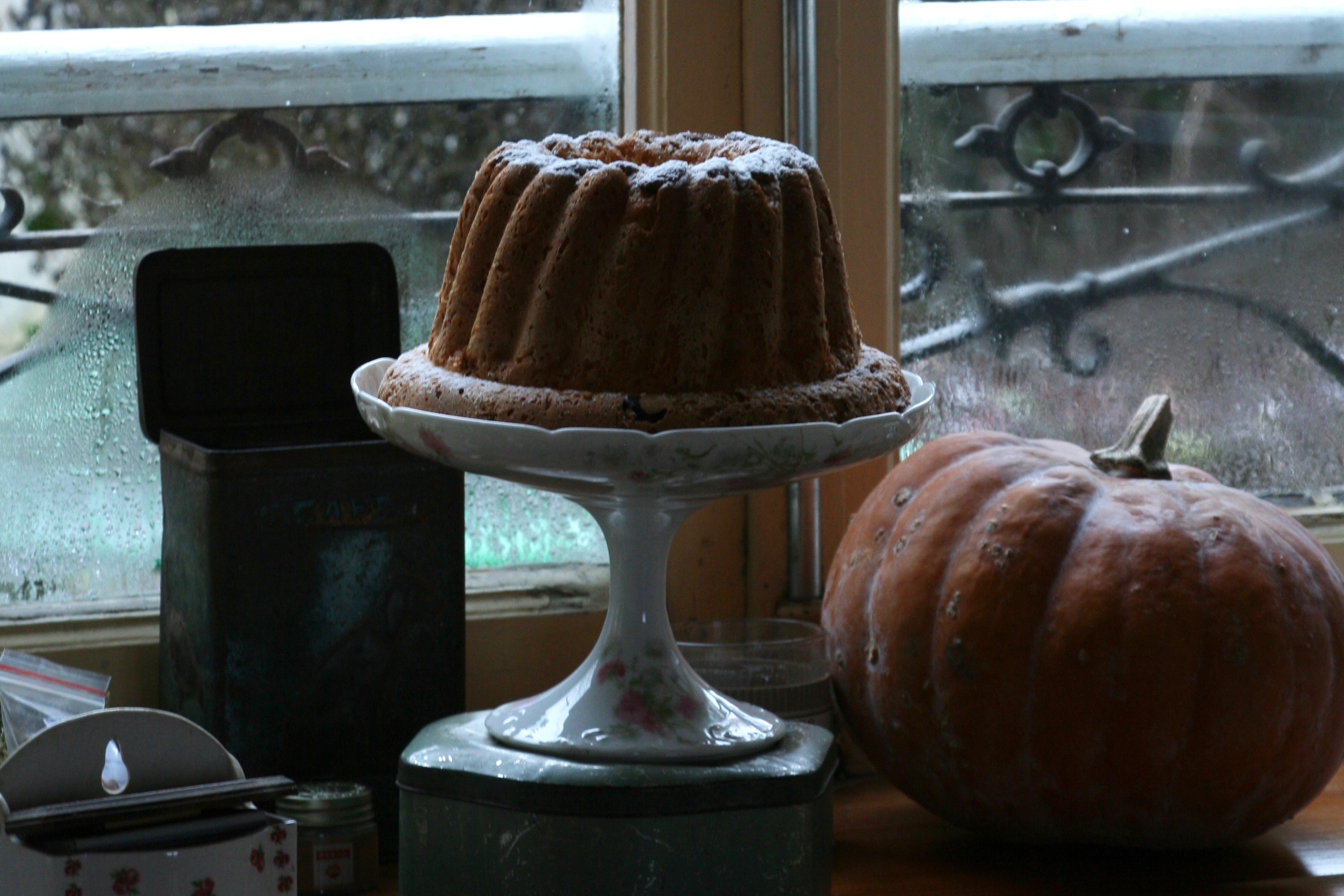
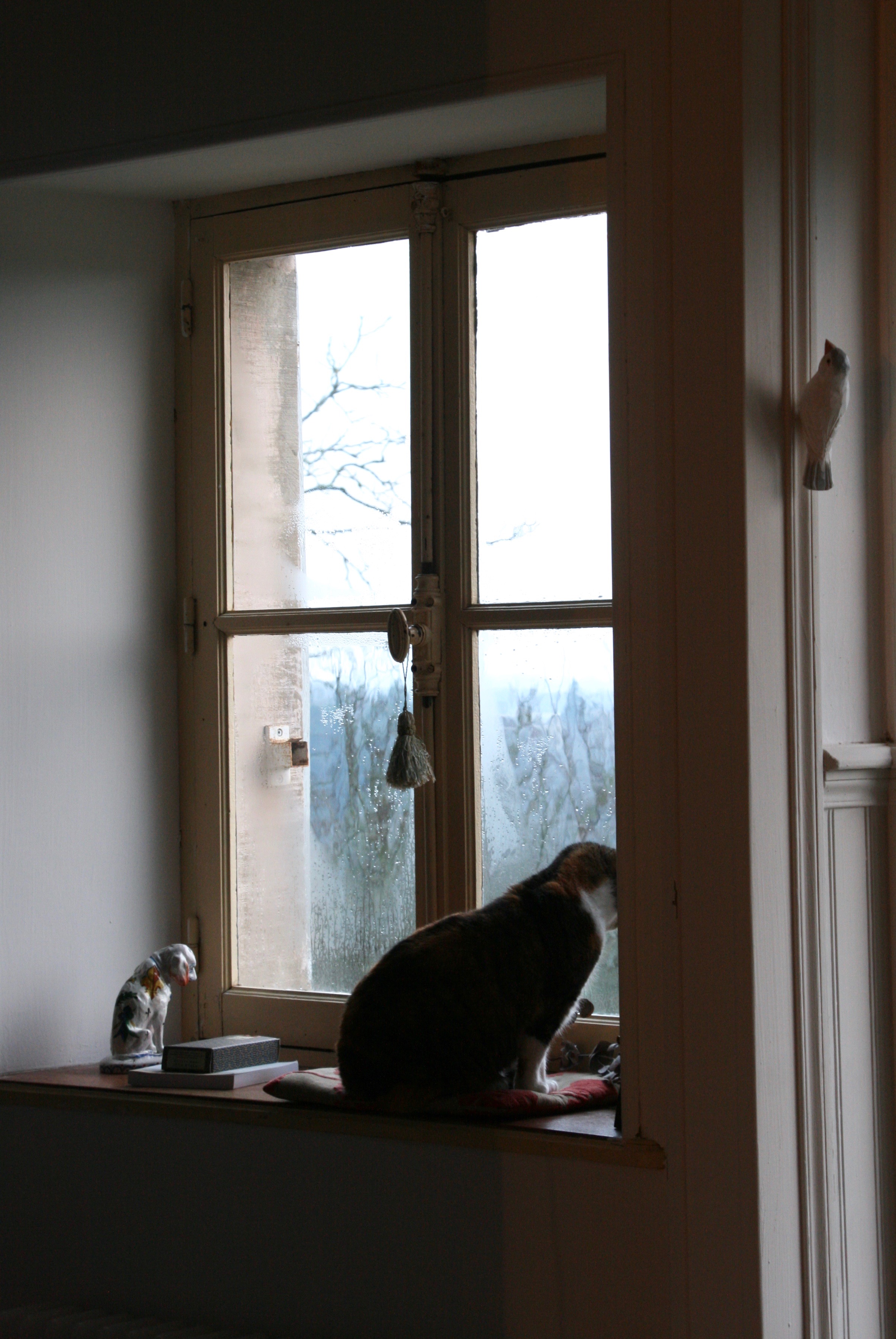
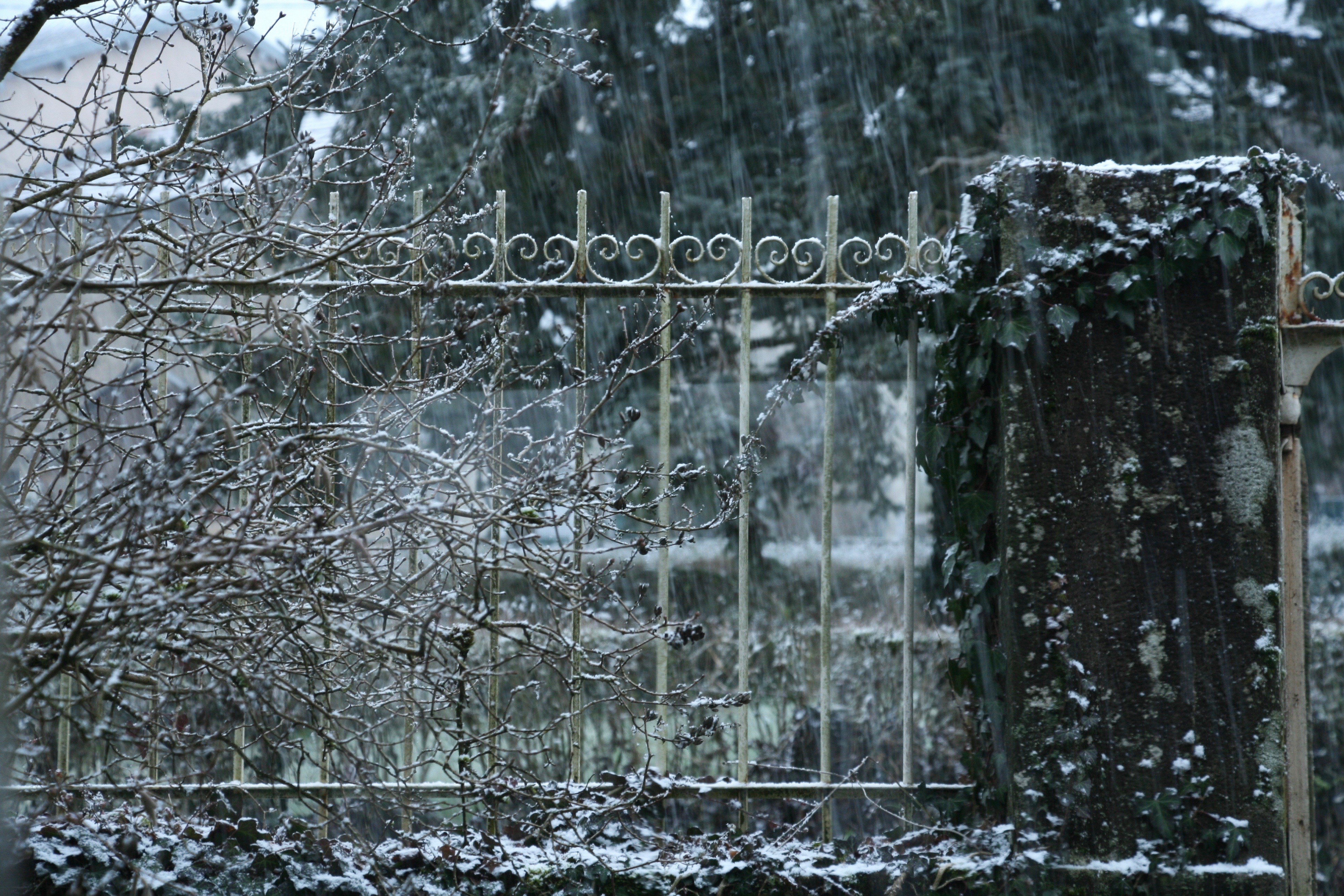
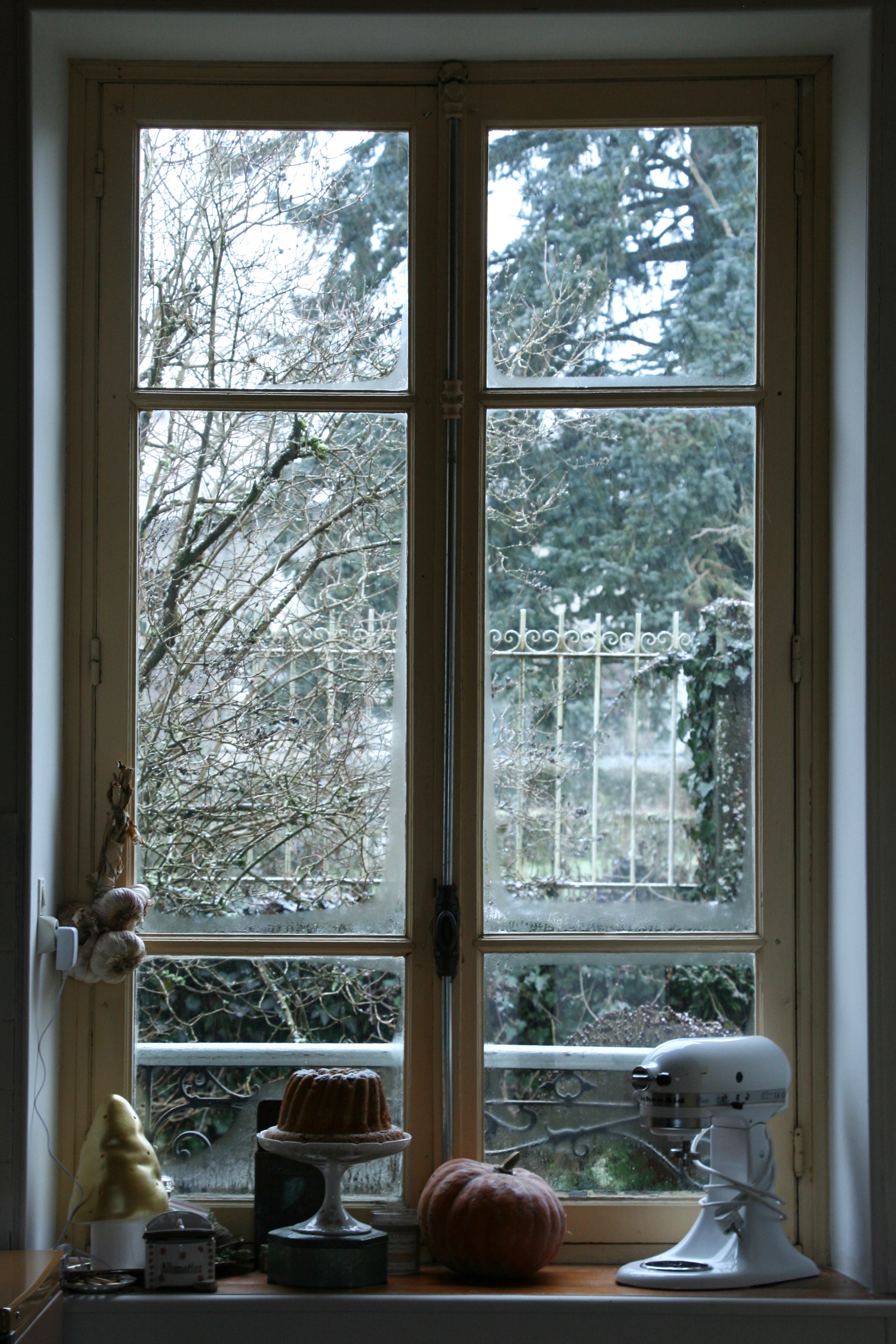


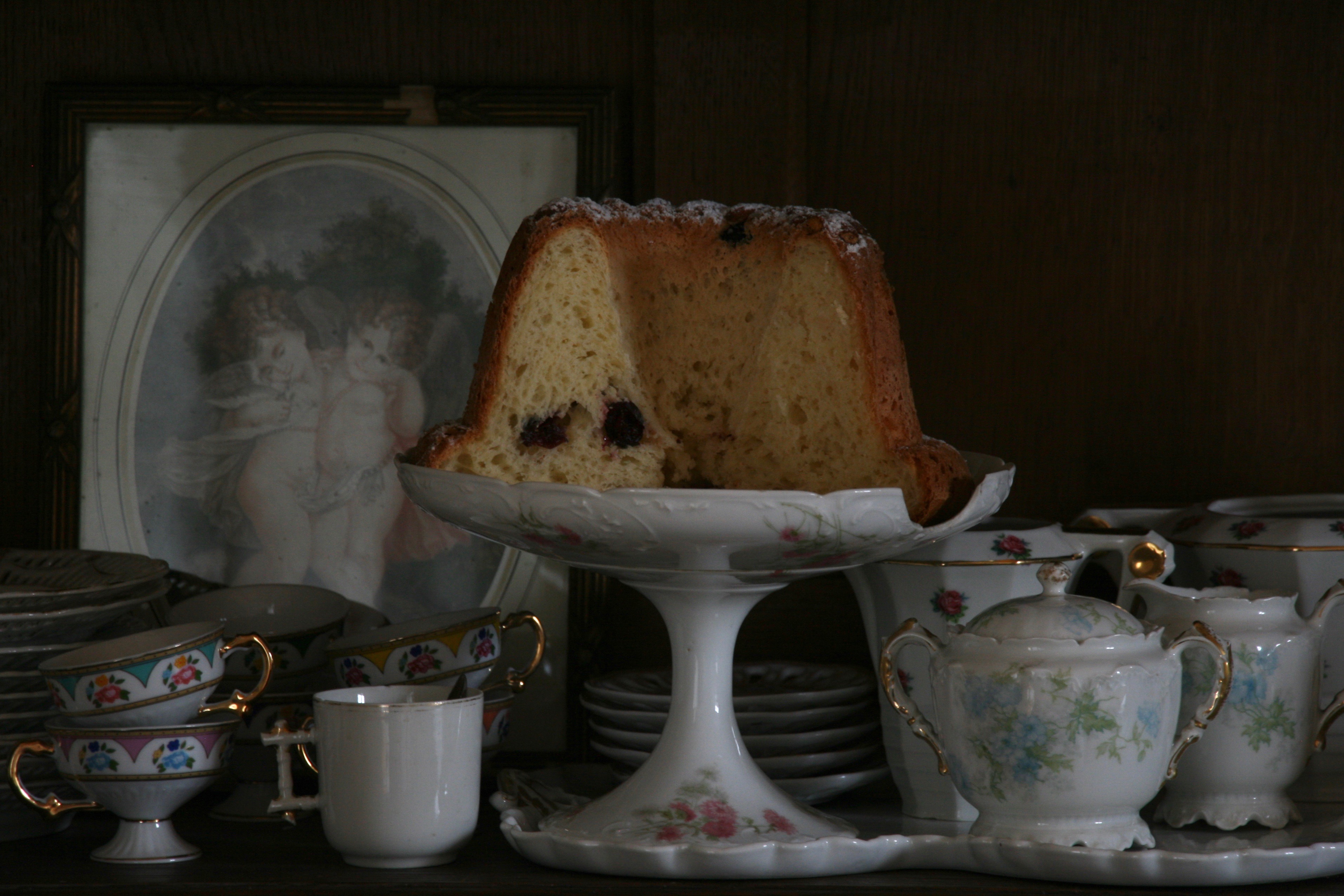
It looks and sounds marvellous.
LikeLike
Thank you Maureen 😊
LikeLike
So beautiful 🥰 best wishes!! My grandma used to make this. Merci!!
LikeLike
Thank you Susan 😊
LikeLike
Thank you for this great recipe and the wonderful post. Not sure when I will have the opportunity to visit one of your workshops, I hope soon. I also enjoyed the article in Swiss Women Network.
LikeLike
Thank you so much Anne, it’d be lovely to meet you here some day
LikeLike